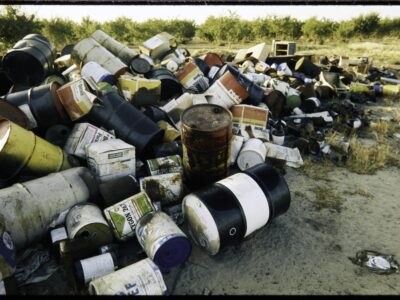Climate Change versus the Benzene Case
The Benzene Case — more properly, Industrial Union Dept. v. American Petroleum Inst. — is almost thirty years old, but is still the Supreme Court’s most important statement on risk regulation. After considering mountains of evidence, OSHA issued a rule restricting benzene in the workplace. Benzene was known to be a carcinogen; the evidence was less clear about its dangers at the levels in industry at the time. The Supreme Court reversed and said that OSHA must quantify the risk and make a judgment about whether that level of risk is “significant.”
This demand for quantification may be problematic regarding a number of aspects of climate change, such as economic impacts of different climates or projected costs of new technologies. The Court really reached out to impose the quantification requirement in the Benzene Case. There really wasn’t anything in the statute to support this requirement. If courts do the same thing in the context of climate regulation, agencies will be faced with a choice between inaction or pretending more certainty than they really feel about the numbers.
Courts have recognized that agencies are entitled to particular deference when they are operating at the frontiers of science. But it will be interesting to see how they apply that standard in the climate context, particularly if at the same time they are making demands that may be difficult for scientists to meet.







Reader Comments